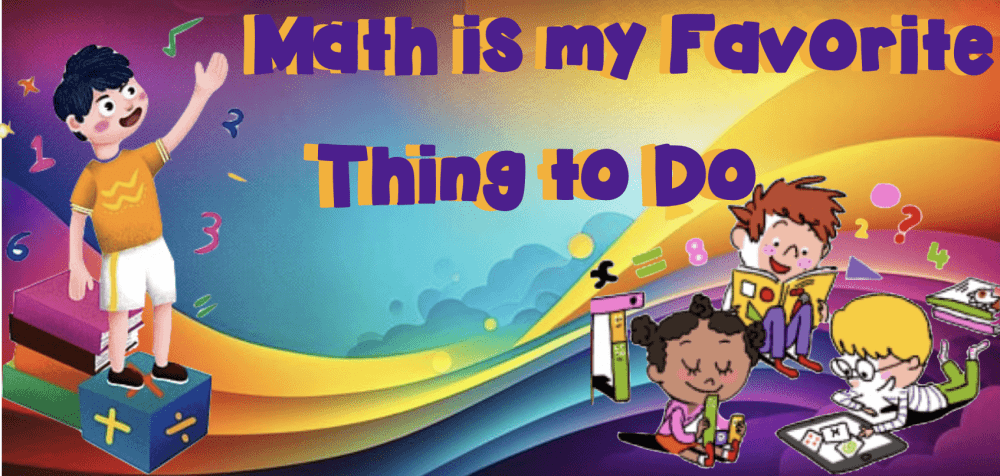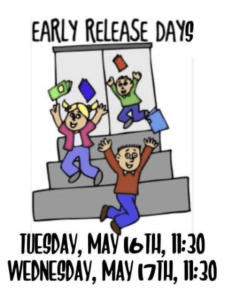Important Dates:
October 13th – Last day of the nine weeks
October 16th – Student Holiday/Teacher Professional Development
Math Learning Goals:
| 3.4D (S)- Determine the total number of objects when equally-sized groups of objects are combined or arranged in arrays up to 10 by 10.
3.4E (S)- Represent multiplication facts by using a variety of approaches such as repeated addition, equal-sized groups, arrays, area models, equal jumps on a number line, and skip counting 3.4F (S)- Recall facts to multiply up to 10 by 10 with automaticity and recall the corresponding division fact 3.5C (S)-Describe a multiplication expression as a comparison such as 3 x 24 represents 3 times as much as 24 STUDENT-FRIENDLY LEARNING OBJECTIVES I can use arrays to determine a total number of objects. I can use repeated addition to represent multiplication. I can use arrays to represent multiplication. I can use area models to represent multiplication. I can use a number line to represent multiplication. I can use skip counting to represent multiplication. I can describe multiplication as a comparison. I recall facts to multiply up to 10 by 10 with automaticity. I recall the corresponding division facts.
Science Learning Goals: 3.5D (R) – explore and recognize that a mixture is created when two materials are combined such as gravel and sand or metal and plastic paper clips. 3.4A (P) – collect, record, and analyze information using tools, including cameras, computers, hand lenses, metric rulers, Celsius thermometers, wind vanes, rain gauges, pan balances, graduated cylinders, beakers, spring scales, hot plates, meter sticks, magnets, collecting nets, notebooks, and Sun, Earth, and Moon system models; timing devices; and materials to support observation of habitats of organisms such as terrariums and aquariums.
STUDENT-FRIENDLY LEARNING OBJECTIVES I can recognize that mixtures are formed when two or more materials are combined. I can observe that properties of materials may stay the same even when materials are mixed together. I can separate mixtures based on the properties of the individual materials. |


